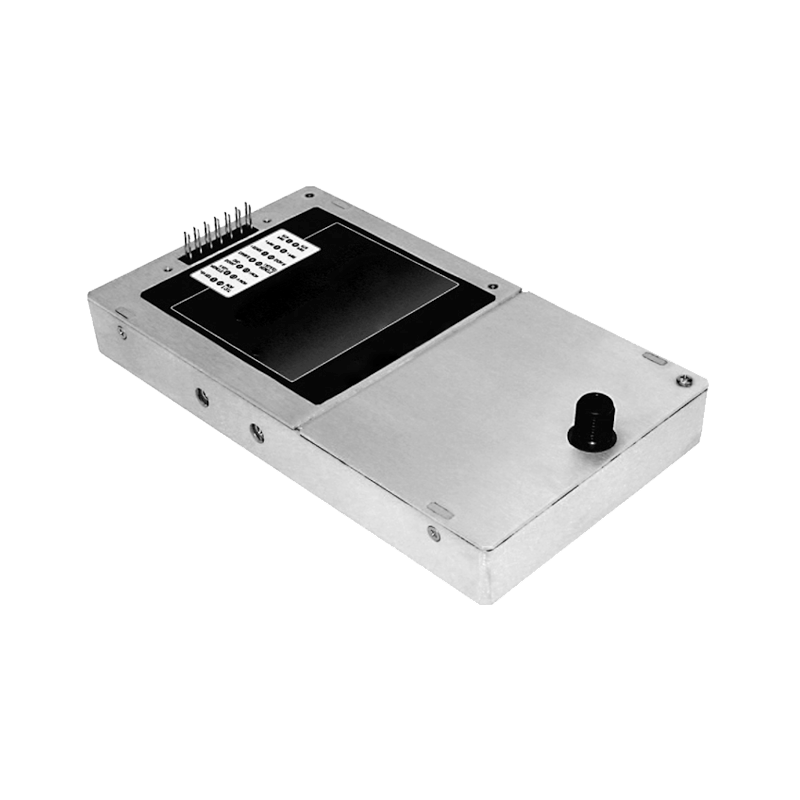Innovation of Automatic Test High-Voltage Power Supply
In the research, development, production, and quality inspection of modern electronic and electrical equipment, automatic test high-voltage power supplies serve as core testing devices, and their performance directly affects the accuracy and efficiency of test results. With the development of industrial automation and intelligence trends, automatic test high-voltage power supplies are constantly breaking through technical bottlenecks, emerging with numerous innovations in functions, performance, and application modes, providing more efficient and precise solutions for complex testing scenarios.
1. Innovation in High-Precision Dynamic Testing Capability
Traditional high-voltage power supplies have issues such as response delays and insufficient accuracy in dynamic load testing, struggling to meet the testing requirements of high-speed electronic devices. The new generation of automatic test high-voltage power supplies adopts high-speed sampling and real-time closed-loop control technology, with a sampling frequency reaching the MHz level. It can quickly capture transient load changes and complete dynamic adjustments of voltage and current within microseconds. For example, in chip power integrity testing, this power supply can simulate complex transient load conditions, achieving a voltage accuracy of ±0.1% and a current accuracy of ±1%, precisely locating device performance defects, and increasing the testing efficiency by more than 50% compared with traditional power supplies.
2. Multi-Channel Parallel Testing and Coordinated Control
To meet large-scale testing requirements, automatic test high-voltage power supplies innovatively adopt a multi-channel parallel architecture. A single power supply device can integrate 8 to 32 independent test channels. Each channel can independently set parameters such as voltage, current, and timing, supporting simultaneous testing of different types of devices under test. Meanwhile, through coordinated control algorithms, the power supply can achieve precise timing cooperation between channels, simulating the linked working conditions of complex systems. In the testing of new energy vehicle battery packs, multi-channel high-voltage power supplies can simultaneously conduct charge and discharge tests on multiple battery modules, not only significantly shortening the testing cycle but also effectively reducing the hardware cost and space occupation of the testing system.
3. Intelligent Fault Diagnosis and Predictive Maintenance
Automatic test high-voltage power supplies integrate artificial intelligence technology to build an intelligent diagnosis system. Built-in sensors collect data such as power operation parameters, temperature, and humidity in real time. Combined with machine learning algorithms for in-depth data analysis, it can identify potential faults such as overvoltage, overcurrent, and abnormal heat dissipation in advance, with a prediction accuracy of over 90%. For example, when an abnormal temperature rise in a power module is detected, the system can automatically adjust the load distribution strategy and generate maintenance warnings, prompting operators to check potential faults in a timely manner, reducing equipment downtime by 70% and significantly improving the reliability and operation and maintenance efficiency of the testing system.
4. Open Architecture and Software-Defined Testing
To enhance the flexibility and scalability of the testing system, automatic test high-voltage power supplies adopt an open hardware architecture and software-defined testing (SDT) technology. Users can interact with external devices through standardized communication interfaces (such as PCIe and Ethernet) and flexibly configure testing processes based on custom test scripts. In addition, with virtual instrument technology, a high-voltage power supply can simulate the functions of multiple testing devices, meeting the diverse testing requirements of different research and development stages. In the testing of aerospace equipment, this architecture enables the testing system to quickly adapt to the testing requirements of new product models, shortening the research and development cycle by 30%.
The innovative development of automatic test high-voltage power supplies has brought revolutionary changes to the modern testing field. In the future, with the deep integration of technologies such as 5G and the Internet of Things, automatic test high-voltage power supplies will continue to evolve towards higher precision, greater intelligence, and more flexibility, further promoting technological progress and quality upgrades in the electronic and electrical industries.




















